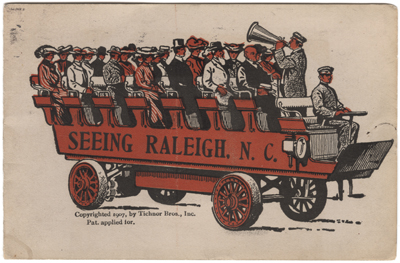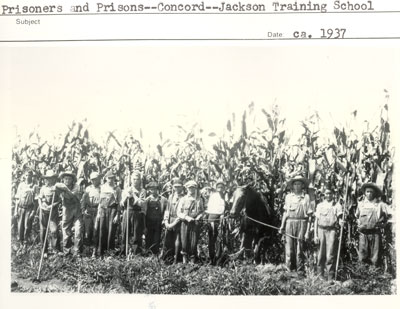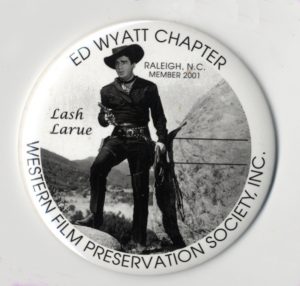— The Asheville Citizen-Times offers a nicely done page of local historical photos. A 1943 shot raises the question: Might there also have been a Colored Transportation Co., or was that purpose adequately served by the back of the White Transportation bus?
— Also in the Citizen-Times: lots and lots of coverage of May Day vandalism. And here an anarchist calls for “Solidarity with the accused!”
— Preservationists set their sights on Edenton’s grand but neglected Pembroke Hall, circa 1850.
— Lincoln County Historical Association impatiently bypasses state historical marker process to honor former Air Force chief of staff.
— Does Penderlea, the Pender County farm community created under the New Deal, belong on the National Register of Historic Places?
— Archives and History publishes 25th anniversary update of “Native Carolinians: The Indians of North Carolina.”
— High school teacher researches “a non-fiction memoir of the 33 mills that were once in Richmond County and the people they affected.”
— The Woolworth’s lunch counter at the National Museum of American History is the setting for a half-hour play, in which an activist of the time briefs potential recruits in nonviolent resistance. (Scroll down.)





